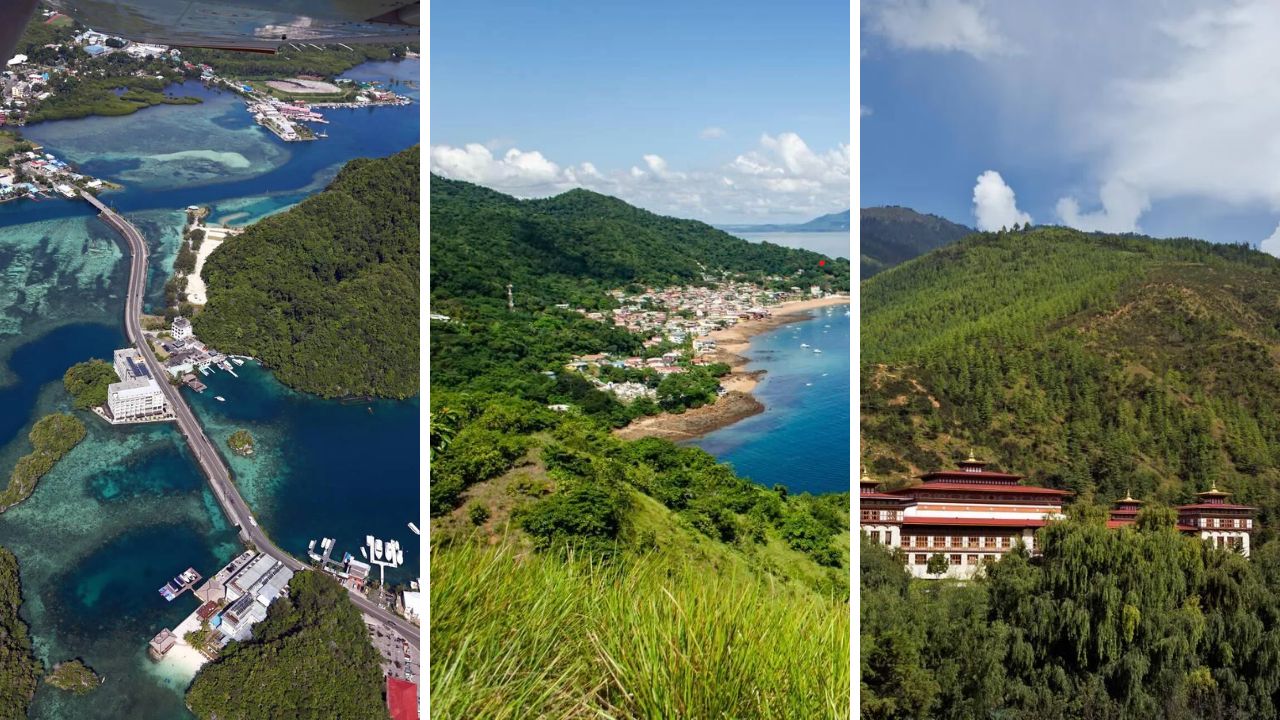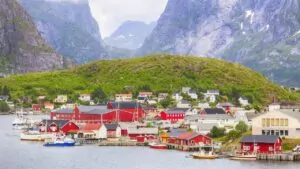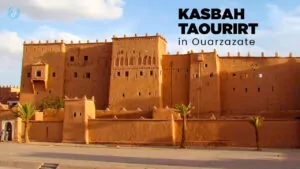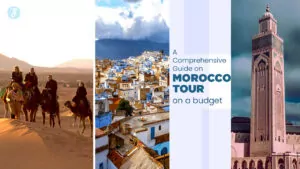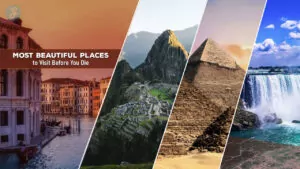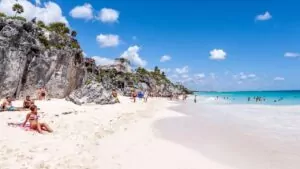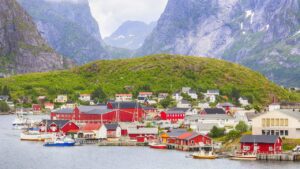As the world opens up again and travel surges back to pre-pandemic levels, it’s important to consider the impact our adventures have on the planet and local communities.
If you’re looking to book a holiday that not only satisfies your wanderlust but also makes a positive difference, we’ve got you covered. From banning sunscreen to reducing carbon footprints, these destinations are going above and beyond to promote sustainable tourism.
1. Republic of Palau
This tiny Pacific island nation is making big waves in sustainable tourism. Palau recently launched the ‘Ol’au Palau’ program, which rewards visitors for treating the environment and local culture with respect. The island has also banned reef-toxic sunscreen and requires all visitors to take the ‘Palau Pledge,’ swearing to protect the island’s natural and cultural heritage.
Read More: Is Cozumel Safe
2. Ljubljana, Slovenia
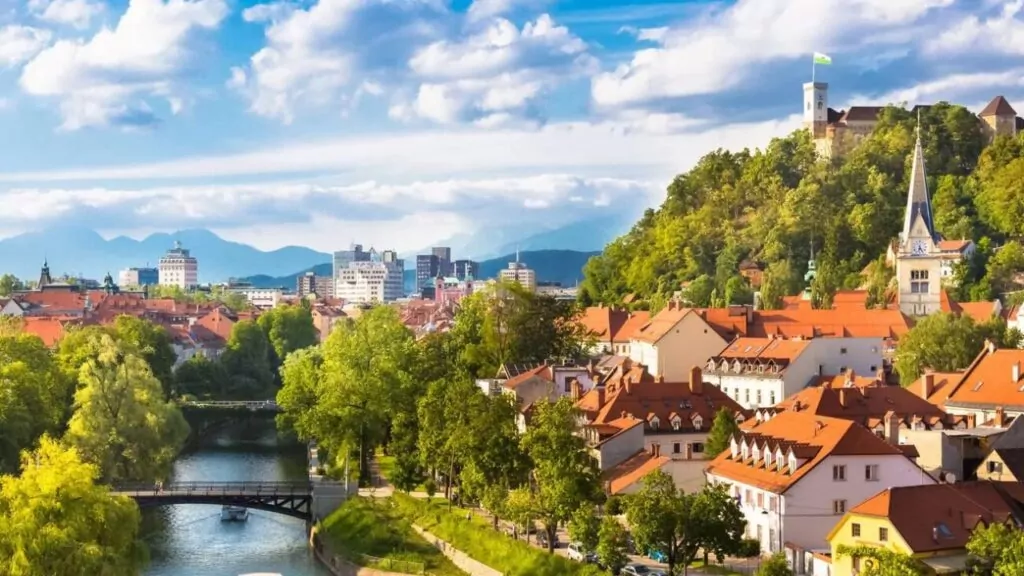
Slovenia’s capital is a cyclist’s paradise, with motorized traffic banned from the city center since 2008. Potable water flows through the Ljubljanica river, and indigenous forests cover nearly half of the city. Rent a bike using the free Bicike (LJ) system and explore the lush Tivoli Park in the heart of the city.
3. Panama (Central America)
Move over, Costa Rica. Panama is the new hotspot for community-based tourism in Central America. The recently launched SOSTUR digital portal enables visitors to book local-guided adventures in regions largely untouched by tourism, ranging from visiting Indigenous Naso communities to exploring the legends of Dekö Island with an Indigenous Ngöbe guide.
4. Greenland
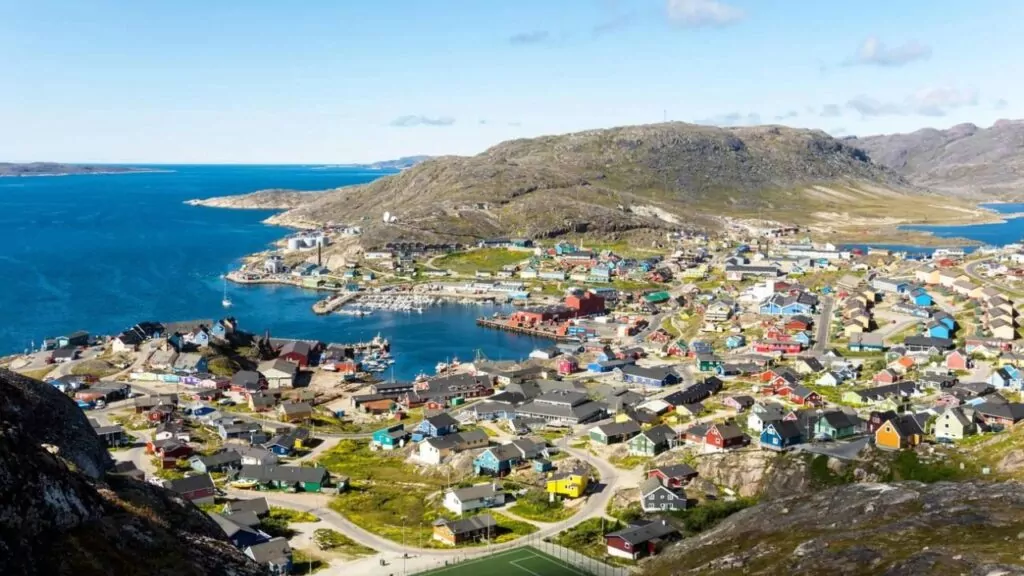
As the world’s largest island navigates its future on the frontlines of the climate crisis, it’s taking steps to safeguard its icy territory and growing tourism industry. In 2020, Nuuk became the world’s first capital city to receive certification as a sustainable tourist destination, and Visit Greenland announced that it will no longer support conventional cruise tourism due to sustainability concerns.
5. Bhutan
This tiny Himalayan kingdom is the world’s only carbon-negative country, with vast woodlands acting as a ‘carbon sink.’ Bhutan’s Gross National Happiness Index is based on sustainable development, environmental protection, cultural preservation, and good governance. Visitors pay a daily Sustainable Development Fee, which goes towards upgrading infrastructure, preserving cultural traditions, and creating fair-wage jobs.
Read Also: Things To Be Careful Of In Isla Mujeres
6. Gozo, Malta
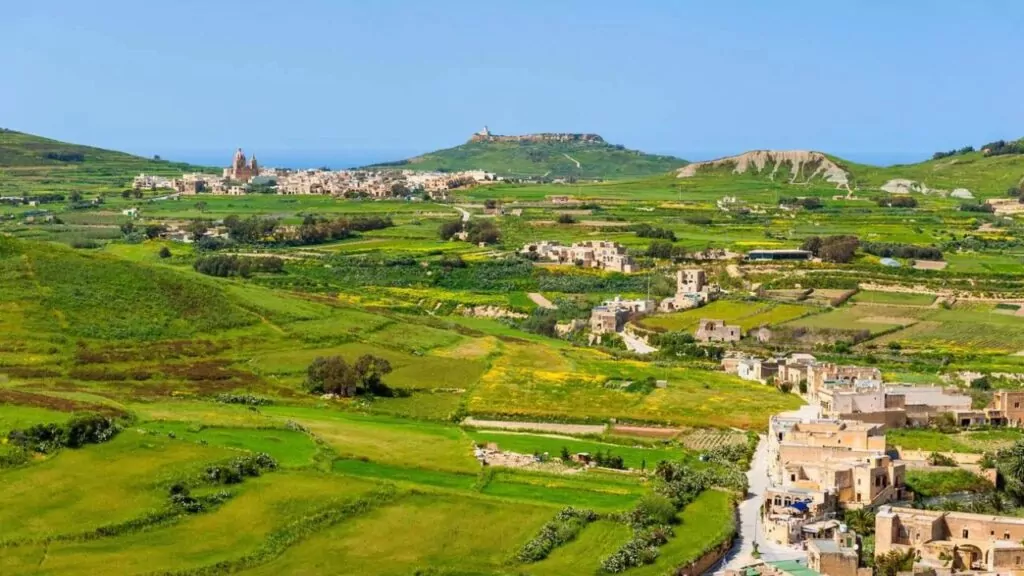
Malta’s smaller, greener sister island is on a mission to achieve net zero carbon emissions by 2030. The ‘Eco Gozo’ project encompasses tree planting, clean-ups, sustainable water management, and promoting renewable energy. Gozo has rejected high-rise hotels in favor of a softer, more sustainable approach, focusing on year-round outdoor adventures like diving, kayaking, and e-biking.
7. Galápagos National Park
Tour operators taking visitors to Galápagos National Park are required to make their business as environmentally friendly as possible, from conserving water and energy to hiring local employees on a fair wage. The Galápagos Conservancy encourages visitors to travel with accredited, licensed tour providers with a strong commitment to conservation.
8. Berlin, Germany
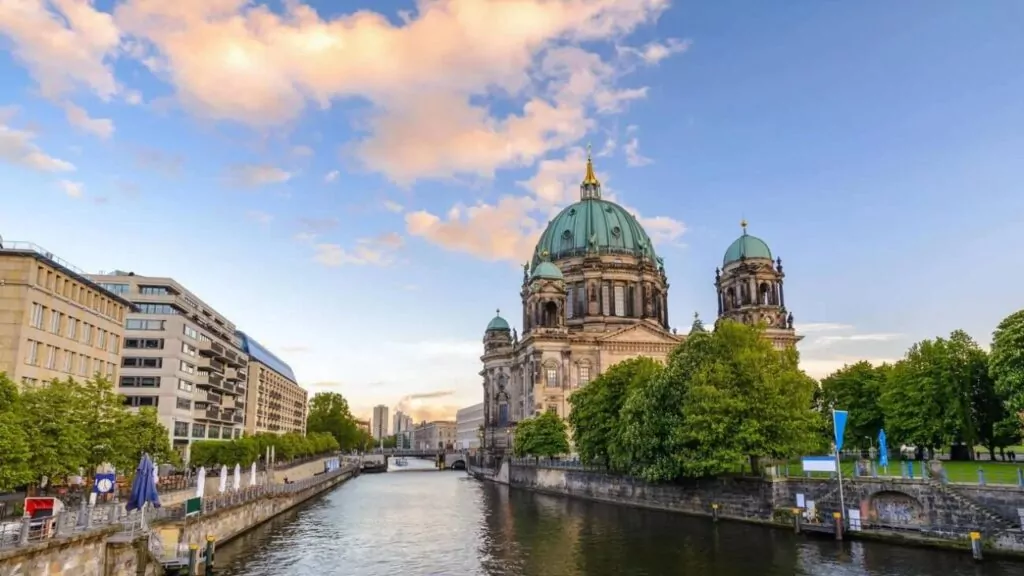
With one-third of the city covered in green, Berlin is bursting with eco-culture. The ‘Going Local’ app helps counter overtourism, and the city runs workshops to educate tourism stakeholders on zero-waste practices. Dine vegetarian or vegan, shop sustainably, and stay in certified organic and eco hotels in this green capital.
9. Chumbe Island, Tanzania
This tiny island off the coast of Zanzibar is known for its ecological innovation and exceptional coral reefs. A non-profit organization runs the Chumbe Island Coral Park, conducting marine research and small amounts of eco-tourism. The reef’s high quality is due to the limited human impact on the island and its waters.
10. Bardia, Nepal

Bardia is known for its wildlife conservation efforts, providing a safe habitat for species like the Royal Bengal tiger. The island has successfully protected the species while also improving residents’ livelihoods by introducing predator-proof pens and biogas plants, reducing the need for locals to illegally collect wood from the national park.
11. Amsterdam, Netherlands
Amsterdam, the capital of the Netherlands, is known for its picturesque canals, vibrant culture, and progressive attitudes. It’s also a leader in urban sustainability, with a goal of becoming a circular city by 2050.
One of Amsterdam’s most notable sustainability initiatives is its transportation system, which prioritizes bicycles and public transit over cars. The city has over 500 kilometers of bike lanes and a popular bike-sharing program, making it easy and safe to get around on two wheels. Amsterdam also has an extensive network of electric buses and trams, as well as a metro system that runs on renewable energy.
12. Saba (Dutch Caribbean)
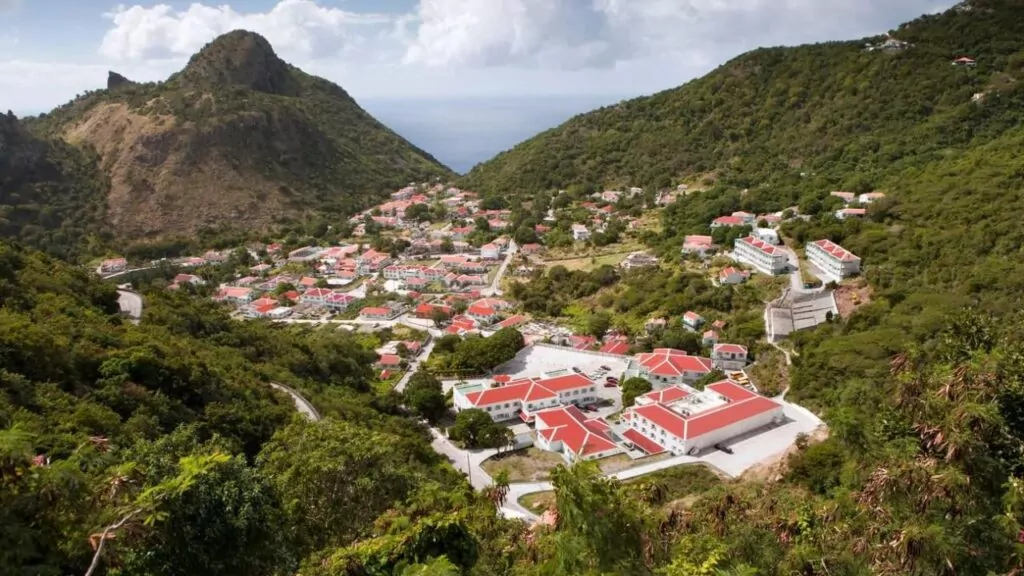
Nestled in the Caribbean, the tiny island of Saba, a special municipality of the Netherlands, is proving that size doesn’t matter when it comes to sustainable tourism. Despite its small footprint of just 13 square kilometers, Saba is making impressive strides in eco-friendly practices.
The island’s commitment to sustainability is evident in its array of initiatives. A solar park produces 35–40% of Saba’s power needs, while a comprehensive recycling system and a ban on single-use plastics help reduce waste. The island even has its own water bottling plant, further reducing its reliance on imported resources.
13. Singapore
Singapore’s journey towards sustainability began back in 1967, when then-Prime Minister Lee Kuan Yew envisioned a “city in a garden.” Over five decades of mindful urban development later, including the creation of more than 300km of green corridors as part of the Park Connector Network, Singapore became the world’s first entire nation to receive sustainable destination certification from the Global Sustainable Tourism Council in 2023.
The city-state’s commitment to its Singapore Green Plan 2030 is evident in its goals to quadruple solar energy deployment by 2025, reduce waste sent to landfills by 20% by 2030, and limit new car registration to cleaner-energy models by 2030.
14. Southern Great Barrier Reef, Australia
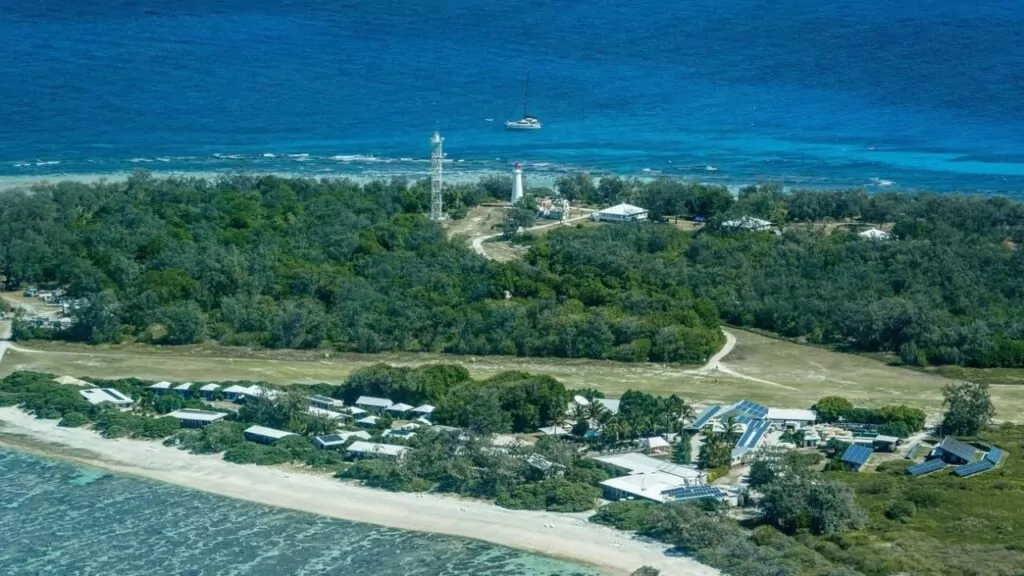
While the northern hubs of Cairns and Townsville attract the majority of visitors to the Great Barrier Reef, the Southern Great Barrier Reef offers some of the most rewarding and low-impact opportunities to experience this incredible ecosystem.
Lady Elliot Island, a rehabilitated coral cay at the reef’s southern tip, is now one of Australia’s foremost eco-resorts, running almost entirely on renewable energy. Just 40km to the north-east, the uninhabited Lady Musgrave Island provides a wild backdrop for day trips and overnight glamping experiences with the Lady Musgrave Experience, which holds Advance Ecotourism and Climate Action certifications from Ecotourism Australia.
15. Dominica, Lesser Antilles
Following the devastating category-five hurricane that struck Dominica in 2017, the island’s prime minister announced plans to make Dominica “the world’s first climate-resilient nation.” While early-warning systems and resilient housing are now helping to safeguard residents, a new kayaking trail is promoting the island as a sustainable tourism destination.
The Waitukubuli Sea Trail, the Caribbean’s first dedicated sea kayaking route, hugs Dominica’s dramatic west coast for more than 60km. Running south to north, the trail takes in welcoming communities, secluded beaches, dramatic scenery, and local cuisine. Wes Moses, a long-time Caribbean Peace Corps worker, created the trail and opened the Soufriere Outdoor Centre on the island’s south-west coast in 2022.
Conclusion
These ten destinations prove that sustainable travel doesn’t mean sacrificing adventure or luxury. By choosing to visit places that prioritize the environment and local communities, we can make a positive impact while still satisfying our wanderlust. So, next time you’re booking a holiday, consider one of these eco-friendly hotspots.

